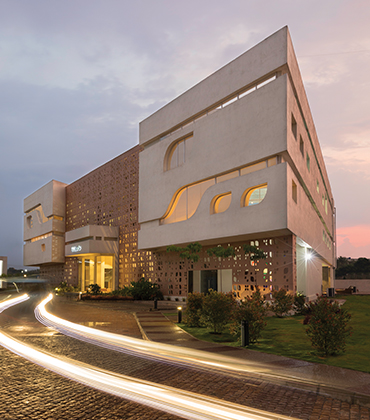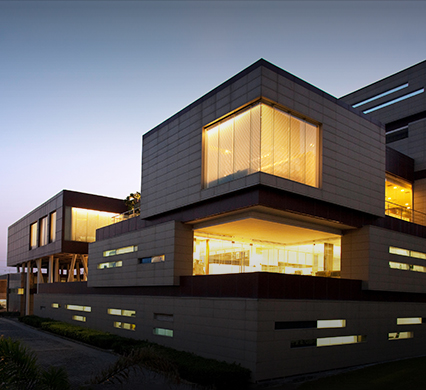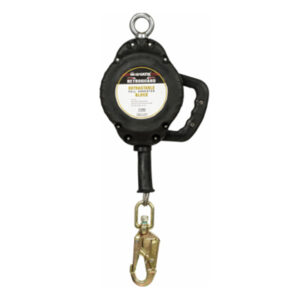
The hospitality industry is evolving faster than ever, with guest expectations shifting toward immersive, sustainable, and tech-driven experiences. Hotels are no longer places to stay—they’re destinations that tell stories, evoke emotions, and reflect global values. At the center of this transformation are hospitality architects, who blend creativity, functionality, and sustainability to redefine what modern hospitality design means.
The Evolution of Hotel Architecture
Historically, hotel design centered on luxury and grandeur. Today, it’s about purpose, authenticity, and connection. Hospitality architects are creating spaces that strike a balance between aesthetics and comfort, integrating local culture, environment, and community values into their designs. Guests increasingly seek personalized experiences, and this demand is influencing how hotels are planned, built, and operated.
Architects now focus on experiential design—spaces that engage the senses and foster a sense of belonging. From boutique urban hotels to remote eco-lodges, the goal is to make every stay memorable, meaningful, and sustainable.
Sustainability: The Heart of Modern Hotel Design
One of the most defining shifts in the hospitality sector is the emphasis on sustainability. Environmental consciousness has become an expectation rather than a trend. Sustainable architecture firms are leading the way in creating hotels that harmonize with nature while minimizing their ecological footprint.
Sustainable materials such as reclaimed wood, bamboo, and recycled metal are being used widely in modern hotel designs. Energy-efficient systems, solar panels, rainwater harvesting, and green roofs are now standard features in eco-conscious projects. Additionally, architects are exploring ways to reduce waste and emissions during both construction and operation phases.
Hotels are also incorporating biophilic design—an approach that connects occupants with nature through natural light, vegetation, and organic materials. This design philosophy not only enhances guest well-being but also promotes environmental stewardship, aligning perfectly with the vision of sustainable architecture firms.
Smart Technology and Digital Integration
Technology continues to revolutionize how guests interact with hotel spaces. Hospitality architects are embracing smart design concepts that integrate digital convenience with architectural beauty. Keyless entry, voice-controlled lighting, smart thermostats, and AI-powered concierge systems are no longer futuristic ideas—they are the new norm.
The integration of Internet of Things (IoT) devices enables real-time control over room settings, improving both comfort and energy efficiency. Virtual reality (VR) and augmented reality (AR) are also being used in design stages, allowing clients and architects to visualize and refine layouts before construction begins.
The future of hospitality design is about creating seamless guest experiences through intelligent environments—spaces that respond to human needs intuitively while remaining visually engaging.
Local Culture and Storytelling in Design
Modern travelers crave authenticity. They want to experience local culture, cuisine, and craftsmanship, even within the confines of a hotel. Hospitality architects are responding to this by designing spaces that celebrate regional heritage and storytelling.
Local artisans, materials, and architectural styles are being woven into contemporary designs, creating a balance between global standards and local charm. For instance, coastal resorts might feature locally sourced stone and traditional building techniques, while urban hotels often reinterpret cultural motifs in modern forms.
This design philosophy not only attracts tourists but also supports local communities by preserving cultural identity and promoting regional artistry.
Wellness and Human-Centric Spaces
Well-being has become a cornerstone of modern hospitality design. Guests expect more than comfortable beds—they seek rejuvenating experiences that nurture both body and mind. Architects are integrating wellness into every layer of design, from spa-inspired bathrooms to outdoor meditation gardens and air-purified rooms.
Natural ventilation, soft lighting, and noise control are prioritized to enhance comfort. Fitness centers are being reimagined as multi-sensory wellness zones, and even dining spaces are designed to promote relaxation and mindfulness. Hospitality architects recognize that wellness-driven spaces not only appeal to guests but also align with a global movement toward healthier living.
Adaptive Reuse and Eco-Innovation
A growing number of sustainable architecture firms are embracing adaptive reuse—transforming old structures into new, vibrant hospitality spaces. Converting heritage buildings, warehouses, and even industrial spaces into boutique hotels allows architects to preserve cultural value while reducing environmental impact.
This approach highlights the creativity and resourcefulness of modern architects, proving that sustainability and luxury can coexist beautifully. Guests are increasingly drawn to these adaptive reuse projects because they offer unique character and history, distinguishing them from typical hotel chains.

The Future of Hospitality Design
The next decade will be defined by collaboration, innovation, and sustainability. Hospitality architects will continue to explore how design can respond to evolving lifestyles, digitalization, and environmental challenges. The integration of artificial intelligence, modular construction, and climate-responsive materials will further shape how hotels are conceptualized and operated.
Hotels will also serve as community hubs—spaces where locals and visitors interact through art, culture, and shared experiences. The focus will move from mere accommodation to emotional engagement, where every design element contributes to storytelling and connection.
Conclusion
In a world where design defines experience, hospitality architects are reimagining how people live, work, and unwind in hotel environments. Their collaboration with sustainable architecture firms is leading the way toward a greener, more human-centered hospitality industry. By merging innovation with environmental responsibility, they’re not just designing buildings—they’re crafting legacies of comfort, culture, and sustainability.
A shining example in this field is Morphogenesis, one of India’s leading architectural practices. Known for its visionary approach and commitment to sustainability, Morphogenesis continues to set benchmarks in hospitality design, seamlessly integrating ecological sensitivity with luxurious aesthetics. Through such pioneering efforts, the firm exemplifies how the future of hotel architecture can be both innovative and responsible.


